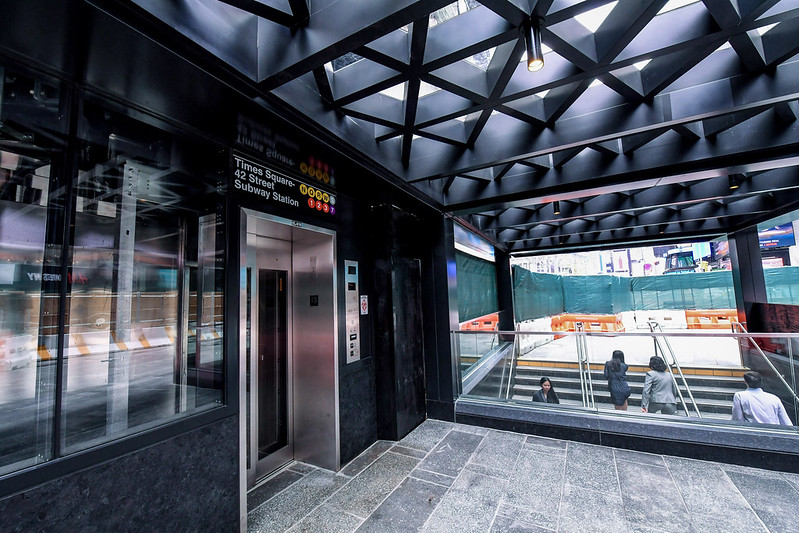
New Orleans unveils climate and social resiliency roadmap a decade after Hurricane Katrina
27 August 2015
by Tom Teodorczuk
New Orleans has partnered with the Rockefeller Foundation’s 100 Resilient Cities to launch a roadmap seeking to guide the US city to a more sustainable and stable environmental and social future a decade after Hurricane Katrina devastated the area.
Resilient New Orleans: Strategic Actions to Shape Our Future City sets out a comprehensive policy agenda proposing 41 actions relating to the environment, city services and social and economic equity. 100 Resilient Cities (100RC), which is dedicated to helping global cities become more resilient in the 21st century, helped the Louisiana city through setting up public and private partnerships and part-financing the appointment of the city’s first Chief Resilience Officer, Jeff Hebert. 100 Resilience Cities has previously collaborated with cities including New York City, Boston, Pittsburgh, Paris and Mexico City.
Resilient New Orleans’ key proposals include expanding the city’s public transport network, guarding against floods and preserving the coastal wetlands, examining strategies to reduce violent crime, establishing personal citizen savings accounts in the event of future hurricanes and tropical storms and setting up a Resilience Center in New Orleans that would serve as a hub for research, education and innovation.
The city has secured over US$1 million from the private and public sectors. Mitch Landrieu, Mayor of New Orleans, said: “All things that we do now will have a resiliency lens on them.” Unveiling the strategy with Mayor Landrieu, Judith Rodin, President of the Rockefeller Foundation, said 100 Resilience Cities itself partly came into being because of the foundation’s work developing the Unified New Orleans Plan in the aftermath of Hurricane Katrina, the costliest natural disaster in American history which submerged 80 percent of New Orleans in August 2005 and claimed the lives of over 1,500 Louisiana citizens.
“There’s nothing necessarily that can stop all catastrophes from happening but New Orleans has set out a vision for itself that when disasters befall the city, it can recover, adapt and evolve much faster,” Bryna Lipper, Vice President of Relationships at 100RC told Cities Today. “The city wouldn’t bear the economic catastrophe, the social catastrophe and the infrastructure catastrophe that had the cascading consequences in the city for the ten years following the event.
“We’ve got a long way to go but I think this strategy lays out key actions in a really good direction for where she should go. It’s absolutely essential that a city establishes a direction for uncertain things in the future, particularly climate change.”
Lipper added that Chief Resilience Officer Jeff Hebert would collaborate with more than 75 New Orleans city officials at bodies ranging from water and sewage boards to the regional transportation authority to non-profits to ensure the proposals are enforced. Lipper said: “Jeff will partner with the Office of Performance Management to establish metrics, accountability and monitoring for the performance of the strategy. They will be reporting regularly and openly to the mayor and the citizens of New Orleans about getting that work done.”
Jeff Hebert said: “This city is just shy of 300 years old and it has always been a testing place to live but our future challenges look very different to our past ones. We have to adapt to survive. We are a city that really needs to start to understand that we cannot engineer ourselves out of our environment…we need to re-engineer the city to live with its environmental conditions.”
Lipper said in regards to Hurricane Katrina: “For New Orleans the lessons learned were about not only focusing on one thing that could potentially bring the city to her knees but thinking about long-term investments that are going to strengthen the city.”
But she stressed Resilient New Orleans was not just addressing the aftermath of Hurricane Katrina but also Hurricane Rita which hit the area a month after Katrina, the 2008 economic recession and the BP oil spill in 2010.
“If you take all of those things into account,” she added. “New Orleans has demonstrated both extraordinary courage and the capacity to adapt, grow and evolve into what will hopefully become a model for resilience for other cities around the world.”











